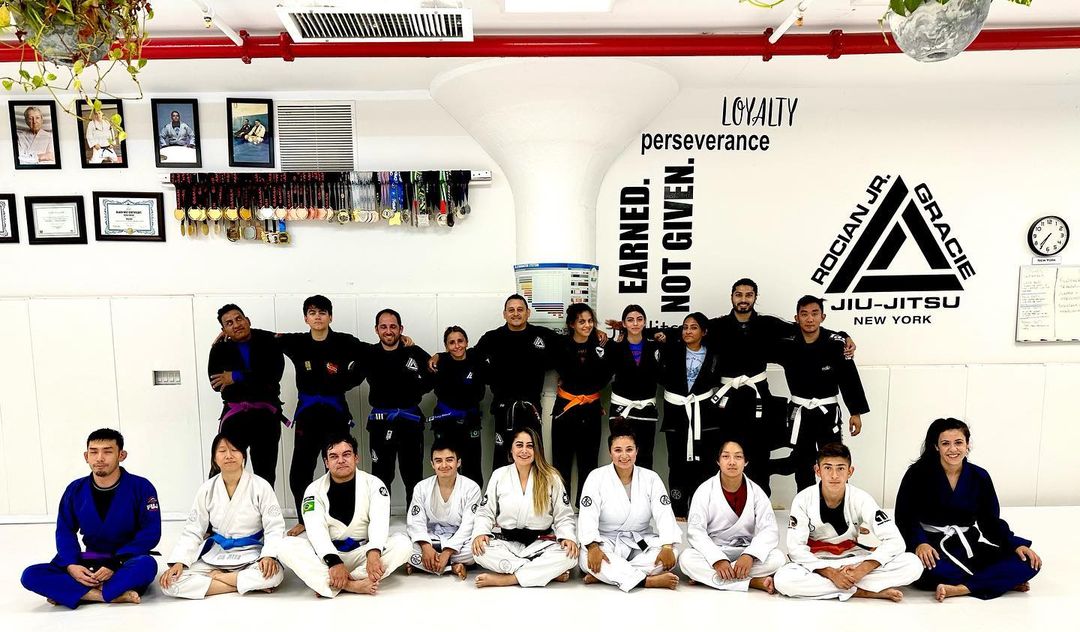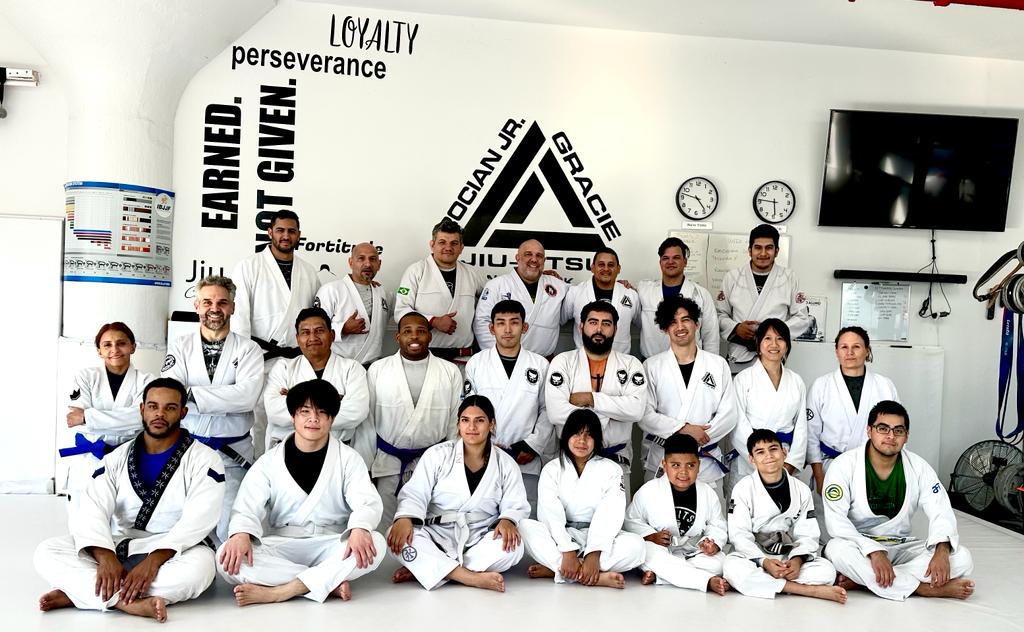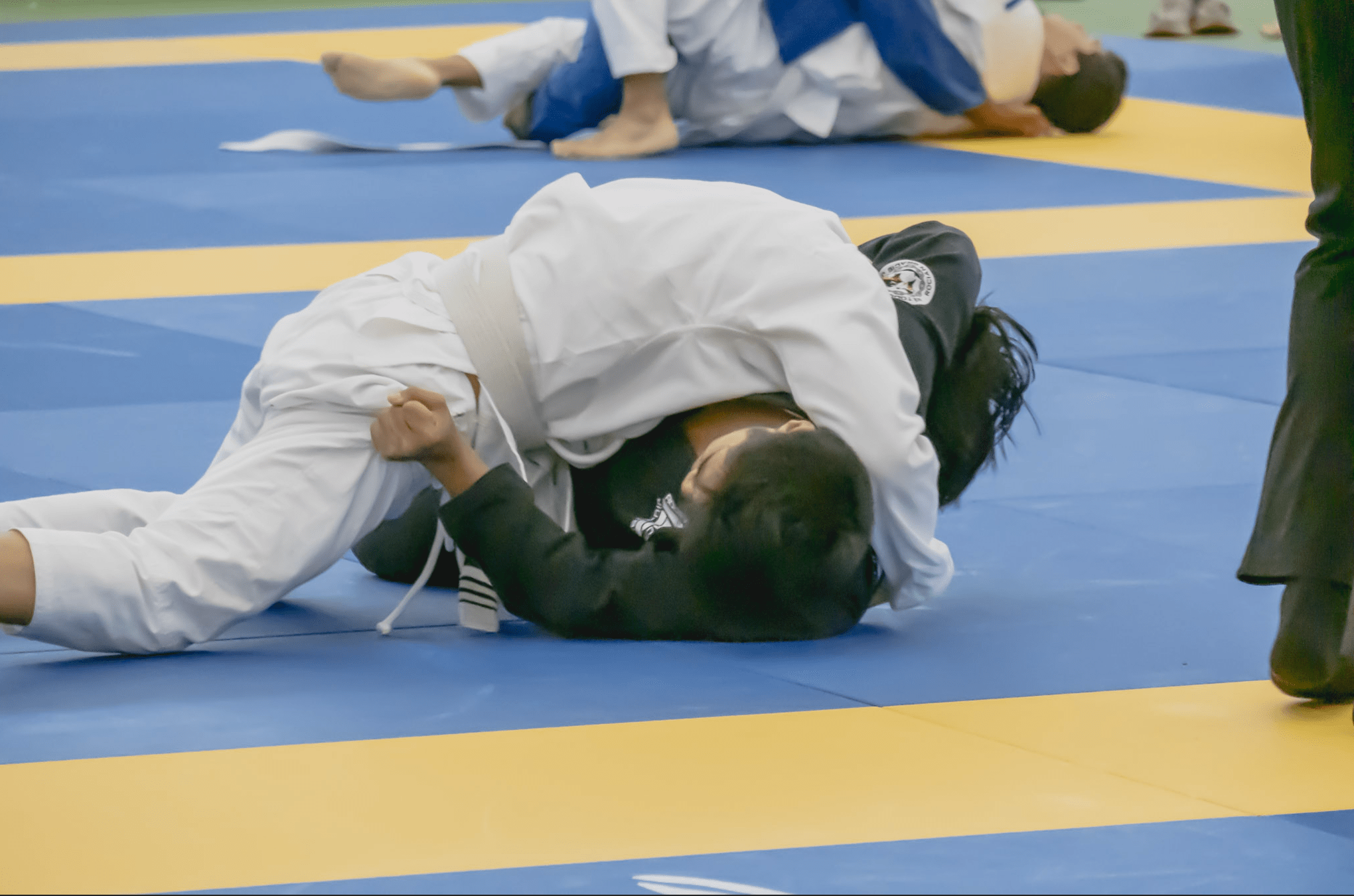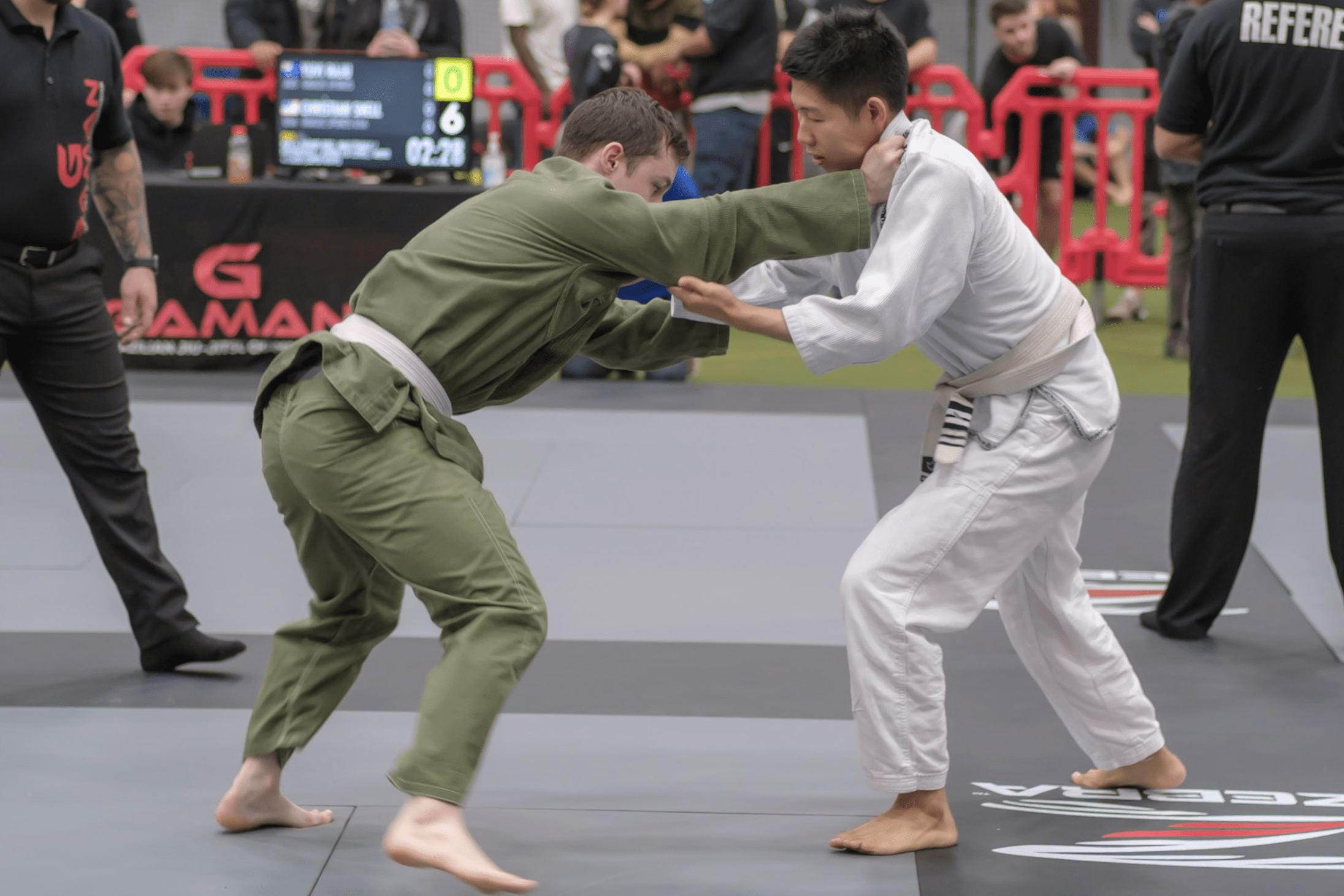Brazilian Jiu-Jitsu
Brazilian Jiu-Jitsu (BJJ) is a martial art that empowers individuals to defend themselves effectively, regardless of their size or strength. For beginners venturing into the world of BJJ, understanding its fundamental principles is crucial. Here, we’ll explore 30 essential principles that will help newcomers grasp the core concepts of Brazilian Jiu-Jitsu.

- Leverage: Brazilian Jiu-Jitsu emphasizes using leverage and technique to control and submit opponents rather than relying on brute strength.
- Position before Submission: Establishing and maintaining a dominant position is crucial before attempting a submission.
- Base and Balance: Maintaining a solid base and balance is essential for stability and control during grappling exchanges.
- Timing: Proper timing is crucial for executing techniques effectively.
- Escapes: Learning how to escape from inferior positions is as important as attacking from dominant positions.
- Control: Controlling an opponent’s movements and limiting their options is a key aspect of Brazilian Jiu-Jitsu.
- Weight Distribution: Understanding how to distribute your weight and pressure on your opponent can make it difficult for them to move.
- Breathing: Proper breathing techniques are essential for endurance and staying calm during intense situations.
- Angles and Wedges: Creating angles and wedges can give you an advantage in terms of leverage and control.
- Grip Fighting: The battle for grips is important in controlling an opponent and setting up submissions.
- Pressure Passing: Applying pressure while passing the guard can make it challenging for the opponent to defend.
- Transitions: Smooth transitions between positions and techniques are critical for maintaining control and taking advantage of opportunities.
- Flow and Adaptation: Being adaptable and flowing with the opponent’s movements is a key aspect of Brazilian Jiu-Jitsu.
- Distance Management: Understanding and controlling the distance between you and your opponent is crucial for effective grappling.
- Guard Retention: Learning how to protect your guard and prevent your opponent from passing is essential.
- Chokes: Brazilian Jiu-Jitsu places a significant emphasis on various choking techniques, including rear-naked chokes and collar chokes.
- Joint Locks: Techniques for applying joint locks, such as armlocks and leglocks, are an integral part of Brazilian Jiu-Jitsu.
- Combination Attacks: Mixing up attacks and submissions can keep your opponent off balance.
- Posture: Maintaining good posture in various positions is important for both offense and defense.
- Visualization: Mental preparation and visualization of techniques can improve performance.
- Distance Control: Knowing how to control the distance and close the gap is essential for takedowns and clinches.
- Adaptation to Size and Strength: Brazilian Jiu-Jitsu techniques are designed to work against opponents of all sizes and strengths.
- Defense First: Prioritizing defense and survival is a fundamental principle, especially when dealing with potentially dangerous situations.
- Drilling and Repetition: Consistent drilling and repetition of techniques are essential for mastery.
- Ground Fighting: Brazilian Jiu-Jitsu excels in ground fighting and submission grappling.
- Pressure Testing: Regularly sparring and pressure testing techniques in live training is crucial for skill development.
- Respect and Sportsmanship: Brazilian Jiu-Jitsu emphasizes respect for training partners and sportsmanship on and off the mats.
- Self-Defense: The primary goal of Brazilian Jiu-Jitsu is self-defense, and techniques are often adapted for real-world scenarios.
- Energy Efficiency: Using minimal energy for maximum effect is a guiding principle.
- Invisible Jiu-Jitsu: Some techniques involve subtle movements and leverage that may not be immediately visible to the untrained eye.

Bonus
- Distance and Timing Management: Understanding when to engage and disengage based on distance and timing is essential.
- Adaptive Strategy: Brazilian Jiu-Jitsu practitioners adapt their strategy based on their opponent’s actions and reactions.

Principles of BJJ
These 30 principles form the foundation of Brazilian Jiu-Jitsu. For beginners, absorbing and applying these concepts gradually will lead to a deeper understanding of the art and an increased ability to navigate the complexities of BJJ. As you continue your journey in Brazilian Jiu-Jitsu, remember that practice, patience, and persistence are key to mastering these principles and becoming a skilled practitioner of this empowering martial art.






